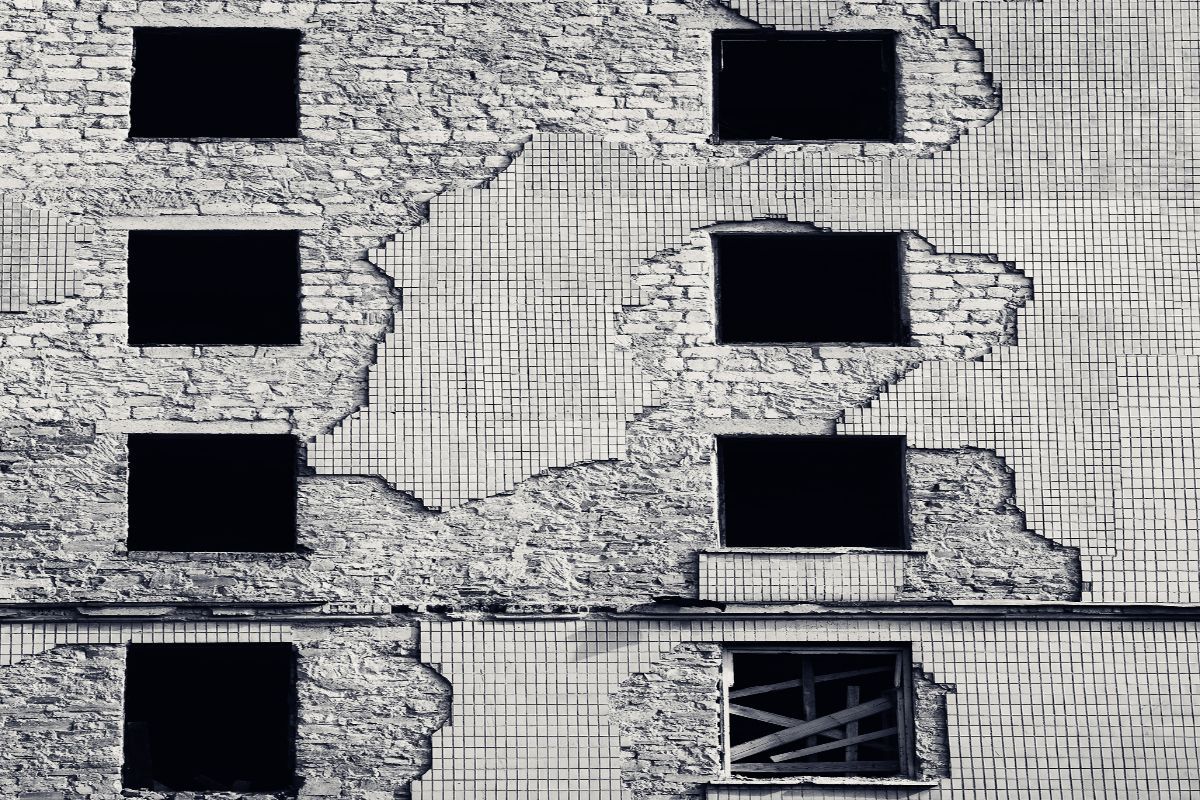When you are renting an apartment, townhome, duplex, or house, you and your landlord each have certain obligations. You must abide by your lease terms by paying rent and taking reasonable care of the property. In exchange, the landlord must make repairs as needed and keep the property in a habitable condition. However, not all landlords are created equal, and some will do the bare minimum to maintain their rental units to the point of rendering them unsafe. Someone living in a poorly maintained rental will want to know: What can I do if my rental unit is uninhabitable?
The Implied Warranty of Habitability
The California implied warranty of habitability mandates that landlords maintain their rental properties in livable conditions. California law requires that, outside of agreement to the contrary, residential buildings be made fit for human occupancy. Making a property habitable means the structure will substantially comply with housing and building code standards that impact tenant health and safety.
Making a property livable means that landlords have to ensure that their renters have proper utilities (gas, electric, and plumbing) and that they must install deadlocks and security features. If the landlord doesn’t meet these obligations, the tenant can make repairs and deduct the costs from their rent or break the lease. Landlords can also be held liable if there are security breaches on the property that were foreseeable and could have been prevented.
Habitable conditions typically include landlords providing:
- Waterproofing and weather protection
- Plumbing and gas features that were up to code when installed
- Running water that can be supplied hot and cold
- Well-maintained heating units that were up to code when installed
- Well-maintained electrical lighting that was code compliant when installed
- Sanitary building and ground conditions without pests and vermin
- Well-maintained floors, stairways, and railings
- An adequate number of garbage receptacles
- Deadbolt and other locks that comply with California law
- Security features for windows that can be opened
Remedies for Tenants in an Uninhabitable Building
Your building may have a “red tag,” meaning that it has been deemed hazardous for human habitation and that your landlord is on official notice that repairs must be made. In other situations, a tenant may suspect they are living in an inhabitable environment because of their surroundings. These may include having issues such as toxic mold, a gas leak, pest infestations, or unsanitary conditions. There could also be physically endangering features such as rotted flooring.
When a residential rental becomes uninhabitable, a tenant may be entitled to move without notice under California law. These circumstances usually occur when a tenant’s health is being endangered or because they or their family members can no longer safely live in the conditions.
Contact a California Real Estate Attorney
If you are concerned about a condition in your rental property, you should contact a California real estate attorney as soon as possible to discuss your case. You and your attorney can talk about the situation and review your options.
Contact the Law Office of Raffy Boulgourjian
Attorney Raffy Boulgourjian is a California real estate attorney with over twenty years of experience representing clients in residential and commercial real estate cases. He has the knowledge and expertise to advocate for you during your landlord-tenant dispute. Contact Mr. Boulgourjian today to schedule a free legal consultation to discuss your California real estate needs.


